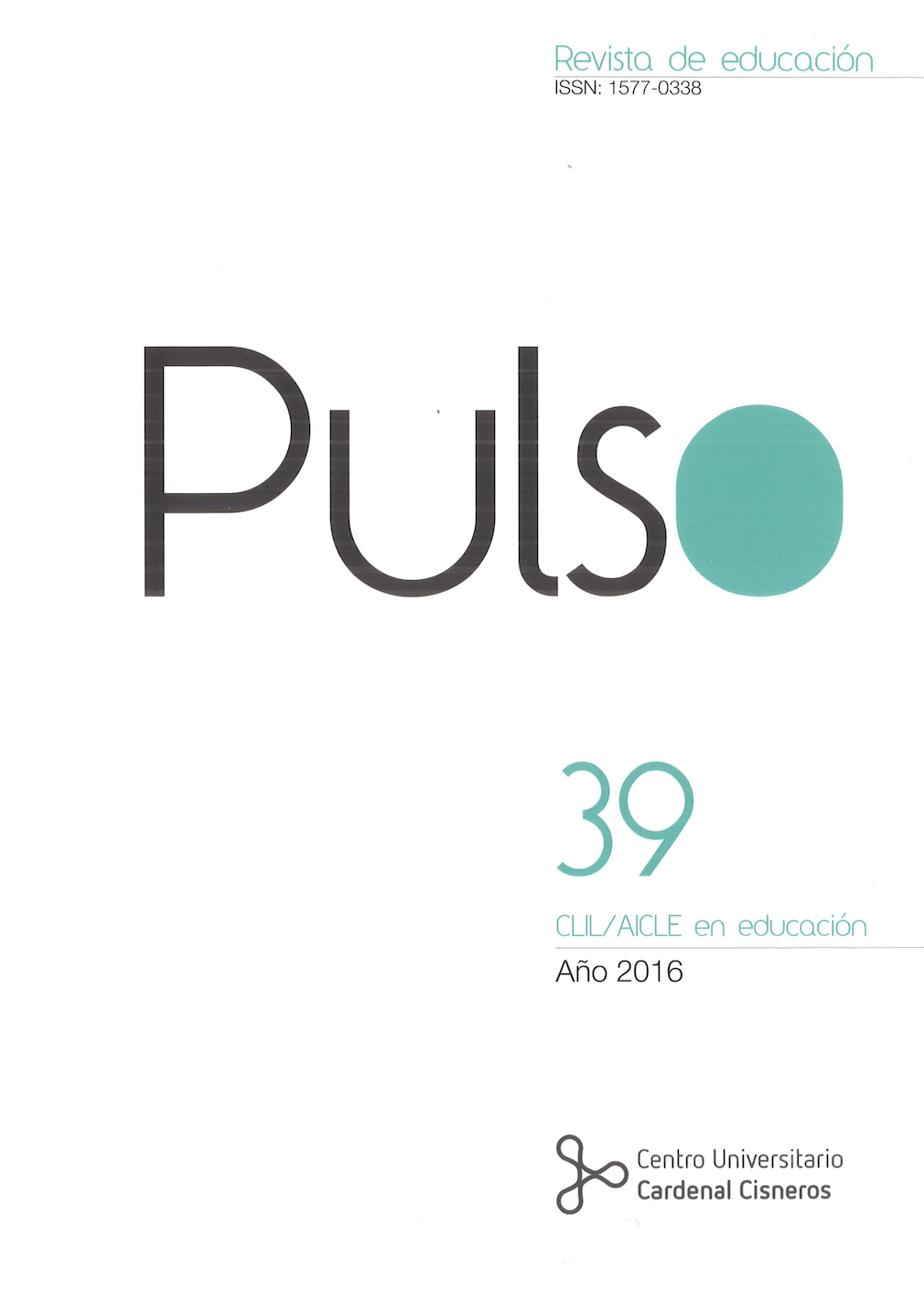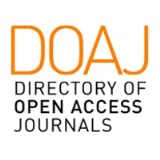Social networks and Higher Education: New Environments for teaching-learning of Arts education in the Degree of Infant Education
DOI:
https://doi.org/10.58265/pulso.5094Keywords:
Identity, Cultural Heritage, Community Development, Fine Arts, Art HistoryAbstract
This article describes an educational experience in the virtual environment. From the MUSAC virtualized collection participants relate selected works with their own experiences or points of view. The main objective of this practice is that participants interact with selected works with their own experiences and points of view. This story serves as a starting point for a visual and narrative discussion, in which participants propose images and argue relations from their own interpretations. The results are shown as a discussion with double dimensionality, literary and other plastic one. The amount of collected data were filtered and analyzed using qualitative content analysis. The main results relate the literary discourse with the artistic one through the contents of both, reducing plastic relationship between them. Finally a phenomenon related to processes and patrimonial identization is observed, underlying this practice, and it is the heritage as inter identity phenomenon.
Downloads
References
Aguirre, I. (2008). Nuevas ideas de arte y cultura para nuevas perspectivas en la difusión del patrimonio. En V.V.A.A., El acceso al patrimonio cultural. Retos y Debates. (pp.67-118). Pamplona: Universidad Pública de Navarra.
Area, M. (2001). Usos y prácticas con medios y materiales en el contexto escolar. De la cultura impresa a la cultura digital. Kikirikí. Revista de Cooperación educativa, 61, 39-41.
Ballart, J. (1997). El patrimonio histórico y arqueológico: valor y uso. Barcelona: Ariel.
Bauman, Z. (2007). Los retos de la educación en la modernidad líquida, Barcelona: Gedisa.
Calaf, R. y Fontal, O. (2007). Metáforas para conceptualizar el patrimonio artístico y su enseñanza. En Huerta, R. y De la Calle, R. (Coords.). Espacios estimulantes. Museos y educaciónartística(pp. 67-91). Valencia: PUV.
Falk, J.H. y Dierking, L.D. (2000) Learning from Museums. Visitor experiences and the making of meaning.Wainut Creek:Altamira Press.
Flecha, R. (1999). Aprendizaje dialógico y participación social. Comunidades de aprendizaje. Recuperado de http://www.concejoeducativo.org/alternat/flecha.htm.
Fontal, O. (2003). La educación patrimonial: teoría y práctica para el aula, el museo e internet. Gijón: Trea.
Fontal, O. (2012). Patrimonio y educación: una relaciónporconsolidar, Aula de innovacióneducativa, 208, 10-13.
García Canclini, N. (1999). Los usos sociales del patrimonio cultural. En Aguilar Criado, E. (Ed.), Patrimonio Etnológico. Nuevas perspectivas de estudio (pp. 16-33). Granada: Comares.
García Blanco, A. (1994). Didáctica del museo. El descubrimiento de los objetos. Madrid: Ediciones de la Torre.
Glasersfeld, E. (1989). Cognition, Construction of Konwledge, and Teaching.Synthese, 80 (1), 121-140.
Goetz, J.P. y LeCompte M.D. (1988). Etnografía y diseño cualitativo en investigacióneducativa. Madrid: Morata.
Gómez-Redondo. C. (2012). Identización: La Construcción Discursiva Del Individuo. Arte, Individuo y Sociedad, 24 (1), 21-37.
Gómez Redondo. C. (2013). Procesos de patrimonialización en el arte contemporáneo. Diseño de un Artefacto educativo para la identización. (Tesis doctoral inédita). Valladolid: Universidad de Valladolid.
Gompertz, W. (2007, 24 de diciembre). Museos en el iPod. El País. Recuperado de
http://elpais.com/diario/2007/12/24/cultura/1198450802_850215.html
Ibáñez, A., Asensio, M. y Correa, J. M. (2012). Mobile learning y patrimonio: Aprendiendo historia con mi teléfono, mi GPS y mi PDA. En Ibáñez, A. (Ed.). Museos, redes sociales y tecnología 2.0.(pp. 59-88). Zarautz: EHU.
Juanola, R. y Colomer, A. (2005). Museos y educadores: perspectivas y retos de futuro. En Huerta, R y De La Calle, R. (Eds.). La mirada inquieta. Educación artística y museos (pp. 21-39). Valencia: Universitat de València.
Naismith, L., Lonsdale, P., Vavoula G.N. y Sharples, M. (2004). Literature Review un Mobile Technologies ande Learning. Futurelab Series, Report 11.
Latorre, A., Del Rincón, D. y Arnal, J. (1996). Bases metodológicas de la investigación educativa.Barcelona: GR92.
Pérez, S. (2013). Interpatrimonios: relaciones e interrelaciones en/con la educación patrimonial. En FONTAL, O. (Coord.), La educación patrimonial: del patrimonio a las personas (pp. 57-72). Gijón: Trea.
Piñuel, J.L. (2002). Epistemología, metodología y técnicas de análisis de contenido. Estudios de Socioligüística, 3 (1), 1-42.
del Río, J. N. (2012). Museos de arte en la Red: cronología crítica. Telos: Cuadernos de comunicación e innovación, 90, 61-70.
Sharples, M., Arnedillo, I., Milrad, M, y Vavoula, G. (2007). Mobile Learning: Small devices, Big Issues. En Balacheff, N., Ludvigsen, S., de Jong, T., Lazonder, A., Barnes, S. y Montadon, L. (Eds.) Technology Enhanced Learning: Principles and Products (pp. 233–249).Heidelberg: Springer.
Vicent, N. e Ibáñez, A. (2012).El uso de lasnuevastecnologías y el patrimonio enelámbitoescolar. Aula de innovacióneducativa, 208, 22-27.
Downloads
Published
How to Cite
Issue
Section
License
Copyright (c) 2022 Pulso. Revista de educación

This work is licensed under a Creative Commons Attribution-NonCommercial-NoDerivatives 3.0 Unported License.
This journal offers immediate open access to its content based on the idea that offering readers free access to research favours a global exchange of knowledge.
Papers are published in the electronic version of the journal under a Creative Commons License: Attribution-NonCommercial-No derivatives 4.0 International
Authors are allowed and encouraged to promote the post-print version (reviewed and accepted for publication version) of their work online before publishing them. This favours their earlier circulation and dissemination and thus a possible increase in their citation and reach among the academic community.














